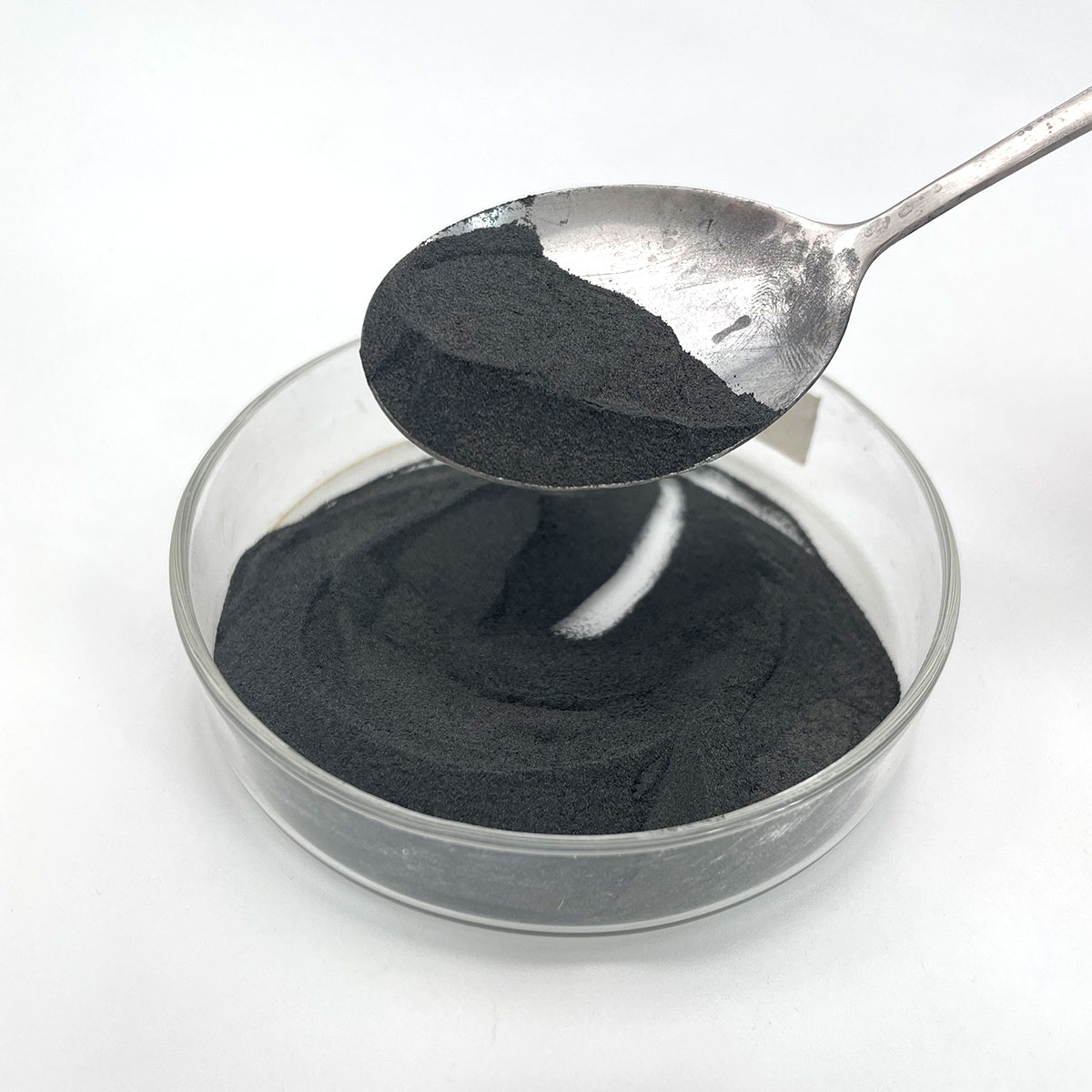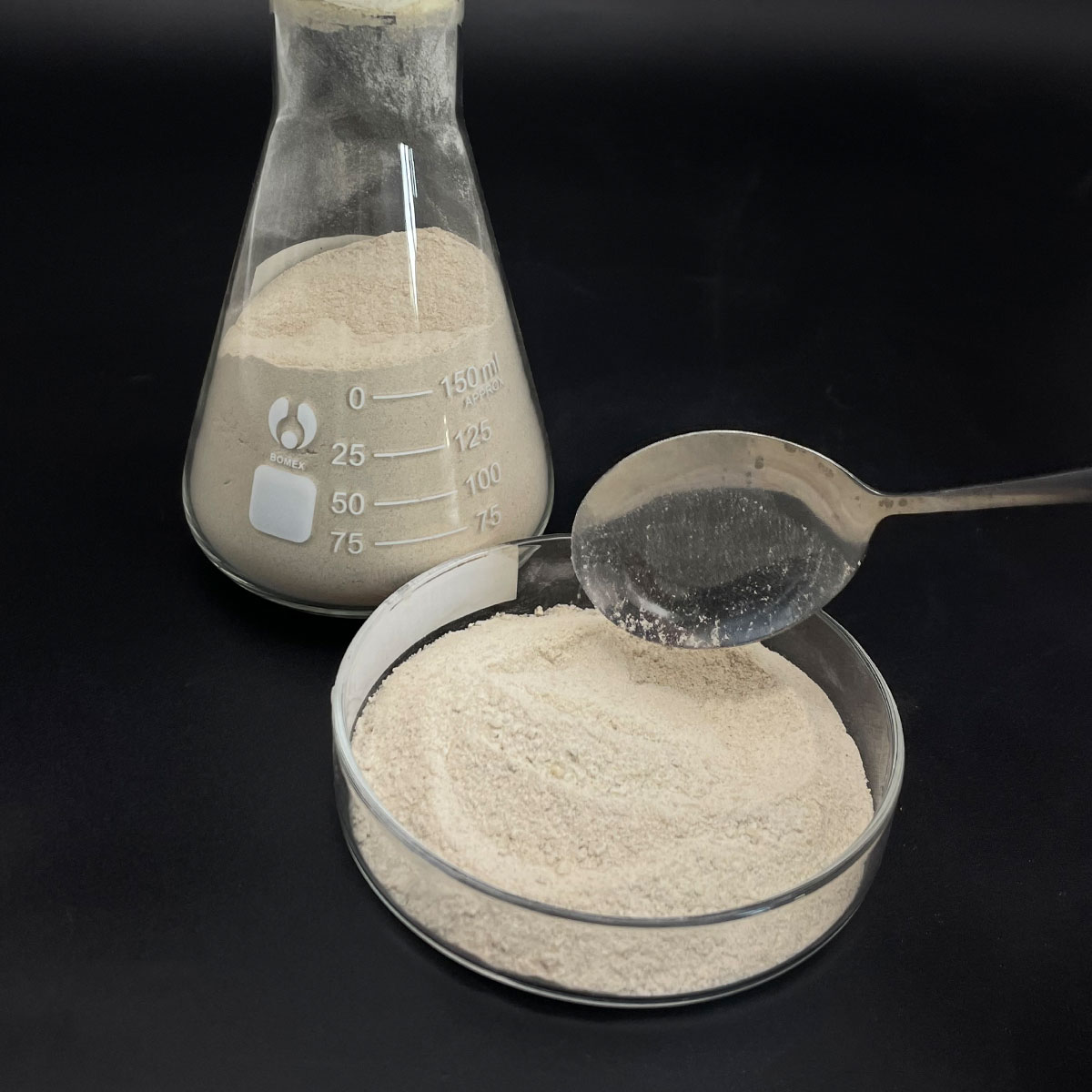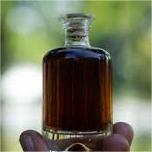Overview of Monochloroacetic Acid Good Chloroacetic Acid Monochloroacetic Acid 99
Amphoteric surfactants are a unique class of surface-active agents that possess both cationic and anionic properties, depending on the pH of the system they are in. They contain both a positively charged group (like a quaternary ammonium salt) and a negatively charged group (such as a carboxylate or sulfonate), which can ionize depending on the surrounding conditions. This dual nature grants them exceptional versatility, making them effective in a wide range of pH environments and compatible with other surfactant types. They are known for their mildness and excellent dermatological compatibility, rendering them particularly suitable for personal care applications.
Features of Monochloroacetic Acid Good Chloroacetic Acid Monochloroacetic Acid 99
-
pH Responsiveness: Their charge varies with pH, becoming cationic in acidic conditions and anionic in alkaline, with a zwitterionic (neutral) state at the isoelectric point.
-
Mildness: Known for being gentle on skin and eyes, making them ideal for sensitive applications like baby care and personal hygiene products.
-
Foaming Properties: Can generate rich, stable foam even in hard water conditions, enhancing their use in cleaning products.
-
Emulsification: Efficient emulsifiers capable of forming both oil-in-water (O/W) and water-in-oil (W/O) emulsions, depending on the formulation and pH.
-
Compatibility: Because they have both anionic and cationic properties, they are compatible with other types of surfactants and can work synergistically to enhance cleaning effects.
-
Biodegradability: Many amphoteric surfactants are readily biodegradable, contributing to their environmentally friendly profile.

(Monochloroacetic Acid Good Chloroacetic Acid Monochloroacetic Acid 99)
Specification of Monochloroacetic Acid Good Chloroacetic Acid Monochloroacetic Acid 99
Monochloroacetic Acid (MCA) 99% is a high-purity chemical compound used widely in industrial and chemical processes. The product appears as white or colorless crystalline solids. It has a sharp, pungent odor. The chemical formula is C₂H₃ClO₂. The molecular weight is 94.49 g/mol. The melting point ranges between 63°C and 68°C. The boiling point is approximately 189°C. The compound dissolves easily in water, ethanol, and ether. It is hygroscopic, meaning it absorbs moisture from the air.
This grade of monochloroacetic acid guarantees a minimum purity of 99%. Impurities are controlled to ensure stability and performance. The product meets international standards for industrial applications. It is packed in moisture-proof containers to prevent degradation. Common packaging includes 25 kg polyethylene-lined bags or drums. Custom packaging options are available for bulk orders.
Monochloroacetic acid is used to produce herbicides, pharmaceuticals, and dyes. It acts as a raw material in synthesizing carboxymethyl cellulose (CMC). This compound is vital in manufacturing surfactants and thickeners. It serves as an intermediate in organic synthesis processes. The textile industry uses it for modifying fibers. The agrochemical sector relies on it for crop protection products.
Handling requires strict safety measures. Direct contact with skin or eyes causes severe irritation. Proper PPE—gloves, goggles, and protective clothing—is mandatory. Storage must be in cool, dry, well-ventilated areas. Keep away from heat sources and incompatible materials like strong oxidizers. Spills should be contained and cleaned immediately using inert absorbents.
The product has a shelf life of 12 months when stored correctly. Stability testing ensures quality retention over time. Technical support is available for usage guidelines and troubleshooting. Bulk purchasers receive dedicated logistics support for timely delivery.

(Monochloroacetic Acid Good Chloroacetic Acid Monochloroacetic Acid 99)
Applications of Monochloroacetic Acid Good Chloroacetic Acid Monochloroacetic Acid 99
Monochloroacetic Acid (MCAA) 99% is a versatile chemical used in many industries. It plays a key role in making carboxymethyl cellulose (CMC). CMC is a thickener found in food products like ice cream. It stabilizes texture. CMC is also used in pharmaceuticals. It helps bind tablets. Cosmetics use CMC to improve cream consistency.
Farmers rely on MCAA for herbicides. It is a raw material for glyphosate. Glyphosate controls weeds in crops. This boosts agricultural productivity. MCAA-based herbicides are effective. They break down faster in soil. This reduces environmental harm.
The pharmaceutical industry uses MCAA to make medicines. It helps synthesize vitamins like vitamin B6. Anti-inflammatory drugs often contain MCAA-derived compounds. These drugs treat arthritis. MCAA ensures high purity in final products.
Textile manufacturers use MCAA to modify fibers. It improves dye absorption. Fabrics become more vibrant. Colors last longer after washing. This process is cost-effective. It works for natural and synthetic fabrics.
MCAA is vital for surfactants. Surfactants are in soaps and detergents. They remove grease and dirt. MCAA-based surfactants work in hard water. They create more foam. Cleaning becomes easier.
Organic synthesis relies on MCAA. It helps produce glycine. Glycine is used in animal feed. It supports livestock growth. MCAA also makes chloroacetic acid derivatives. These are used in adhesives and plastics.
MCAA 99% is highly pure. It meets strict industry standards. Proper handling is crucial. It requires protective gear. Storage must avoid moisture. This prevents degradation. Manufacturers follow safety guidelines. Workers stay protected.
MCAA’s applications span daily life. It touches food, medicine, farming, and textiles. Its role in chemical production is unmatched. Industries trust its efficiency. Ongoing research explores new uses. This ensures MCAA remains relevant.
Company Profile
SurfactantChina is a trusted global chemical material supplier & manufacturer with over 12-year-experience in providing super high-quality surfactant and relative products.
The company has a professional technical department and Quality Supervision Department, a well-equipped laboratory, and equipped with advanced testing equipment and after-sales customer service center.
If you are looking for high-quality surfactant and relative products, please feel free to contact us or click on the needed products to send an inquiry.
Payment Methods
L/C, T/T, Western Union, Paypal, Credit Card etc.
Shipment
It could be shipped by sea, by air, or by reveal ASAP as soon as repayment receipt.
5 FAQs of Monochloroacetic Acid Good Chloroacetic Acid Monochloroacetic Acid 99
Monochloroacetic Acid (MCA) 99% is a chemical compound used in many industries. Here are common questions about it. What is Monochloroacetic Acid? Monochloroacetic Acid is a colorless crystal or liquid. It has a strong smell. It is made by chlorinating acetic acid. It dissolves easily in water. It is used to make other chemicals. What industries use Monochloroacetic Acid? It is used in making herbicides. It helps control weeds in farming. It is used in pharmaceuticals. It makes drugs like vitamins. It is used in cosmetics. It helps thicken products. It is used in making surfactants. These are used in soaps and detergents. Is Monochloroacetic Acid safe? It can be dangerous. It is corrosive. It burns skin and eyes. Wear gloves and goggles when handling it. Do not breathe its dust or vapor. Work in a ventilated area. If exposed, wash with water. Get medical help fast. Follow safety guidelines on the label. How is Monochloroacetic Acid stored? Keep it in a cool, dry place. Store away from sunlight. Keep containers sealed tightly. Do not store near heat or flames. Do not mix with incompatible materials. Check storage rules from the supplier. What precautions are needed when handling it? Avoid direct contact. Use protective clothing. Clean spills immediately. Use tools that do not spark. Keep fire extinguishers nearby. Train workers on emergency steps. Dispose of waste properly. Follow local regulations. These steps reduce risks. Monochloroacetic Acid is useful but requires care.

(Monochloroacetic Acid Good Chloroacetic Acid Monochloroacetic Acid 99)





